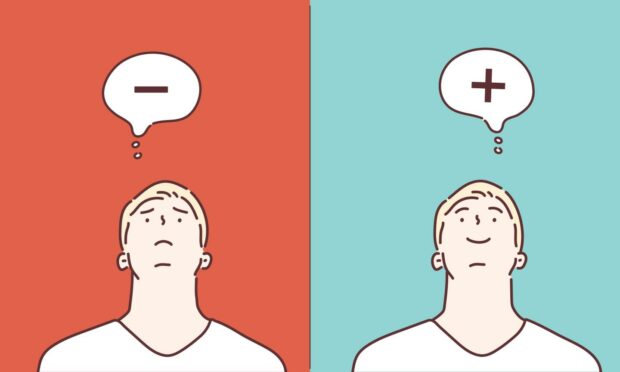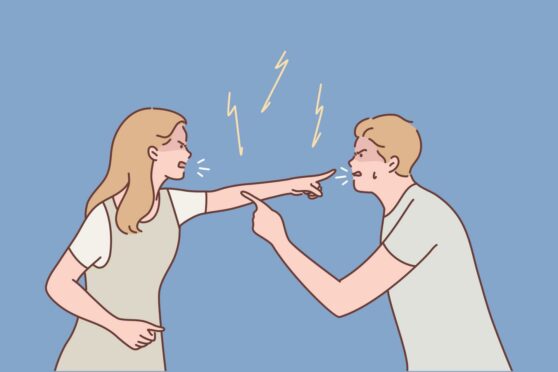Many men are still not comfortable talking about their mental health.
It can be daunting for men to even start the conversation, but taking care of our minds, as well as our bodies, can be one of the most powerful ways we can look after ourselves.
To mark Men’ Mental Health Awareness Month in November, experts from mindfulness app Headspace have shared some top tips on how men can work on improving their wellbeing.
Chief international officer Jolawn Victor says there are many ways we can take the time to look after our mental health – such as talking to a friend, taking time out to meditate or going on a brief walk outside.
“Being kind to our minds should be a part of every human routine,” he said.
“Mindfulness and meditation are scientifically proven ways to aid mental health by reducing stress and improving resilience.”
Jolawn has shared some of his other top tips to help men cope and live happier, healthy lives.

Take a pause
Step away from your current task. Stop, pause and close your eyes, and take a few deep breaths – in through the nose, out through the mouth.
Take the time not only to reset and recharge the mind, but also to reconnect with yourself.
By bringing our attention to the body and how you feel in the present moment, we bring mind and body in sync.
Judging less
When you realise you’re getting caught up in overly-critical thinking or overwhelming thoughts, catch yourself, note it, and let it go.
Connect
Reach out to people around you – family, friends, colleagues and neighbours.
Even virtual check-ins can do a lot for our own emotional wellbeing, while simultaneously supporting others.
Being active
Movement can boost our feelings of happiness and wellbeing.
This can be as simple as taking a mindful walk around the block or being out in nature.
You can also try mindful eating – using all your senses to appreciate the food.
Winding down before bed
Healthy sleep is critical for our wellbeing, and it’s important to wind down before falling asleep.
Screentime before bed can interfere with our natural ability to sleep, so try powering down at least 30 minutes beforehand. Try to create a routine you can stick to.










